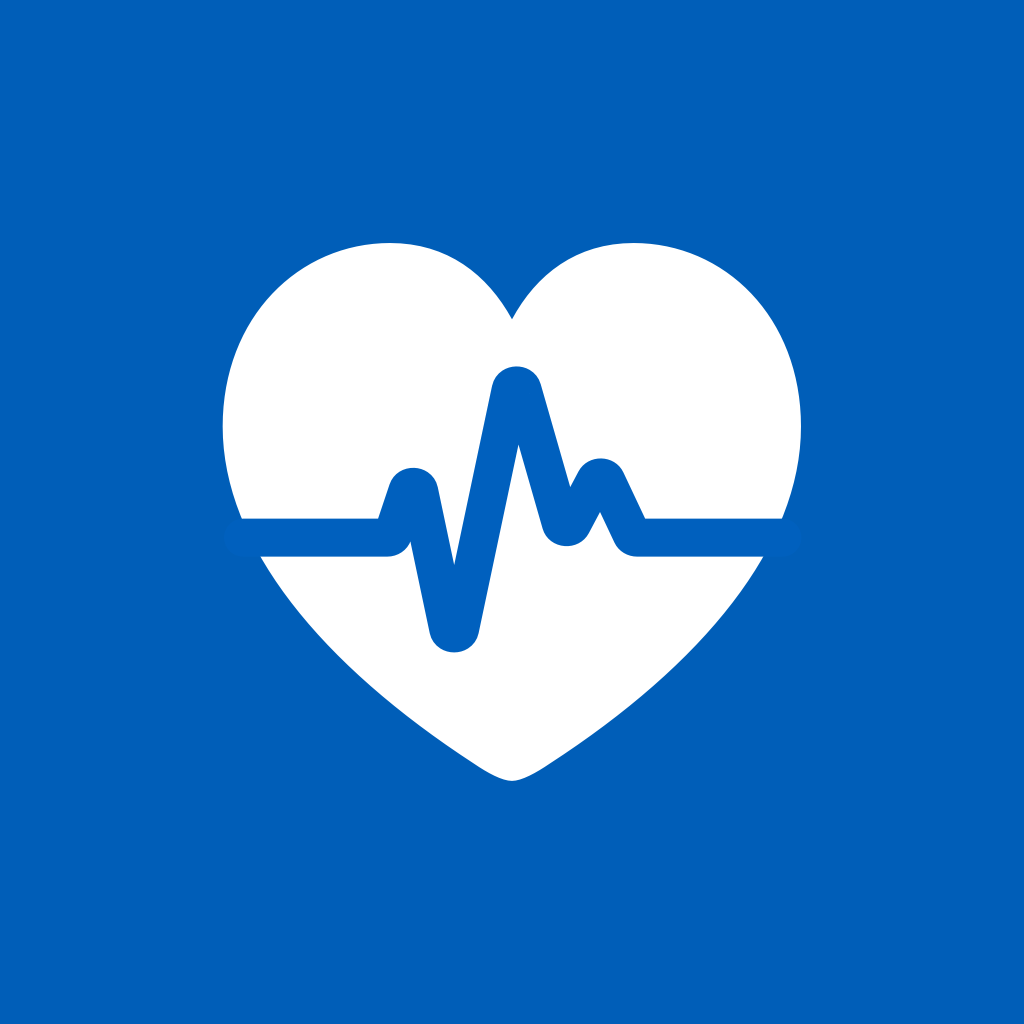
20 Expert Tips for Blood Pressure Tracking
Master blood pressure monitoring with evidence-based guidance for accurate measurement, hypertension management, and cardiovascular health

Master blood pressure monitoring with evidence-based guidance for accurate measurement, hypertension management, and cardiovascular health
Take readings at the same times each day, ideally in the morning before medication and in the evening. Studies show that consistent timing improves pattern recognition and helps detect variations that might indicate medication needs adjustment.
Sit quietly for 5 minutes before taking a reading. The American Heart Association recommends avoiding caffeine, exercise, and smoking for 30 minutes beforehand for accurate measurements.
Keep your arm at heart level, supported on a table or armrest. Arm position below heart level can add 2-10 mmHg to readings, while above heart level can subtract the same amount, according to research.
An incorrectly sized cuff can cause readings to be off by up to 10-40 mmHg. Measure your upper arm circumference and use a cuff that covers 80% of the arm. Most adults need a standard adult cuff (bladder 12-13 cm wide, 35 cm long).
Take 2-3 readings one minute apart and record the average. The NICE guidelines recommend this approach for more reliable results and to account for natural blood pressure variability.
A full bladder can increase blood pressure readings by 10-15 mmHg. Always use the restroom before taking measurements to ensure accuracy.
Limit sodium to less than 2,300 mg per day, ideally 1,500 mg for most adults with hypertension. The DASH diet has been shown to reduce systolic pressure by 8-14 mmHg when combined with sodium restriction.
Aim for 150 minutes of moderate aerobic activity weekly. Meta-analyses show regular exercise can lower systolic BP by 5-8 mmHg and diastolic BP by 2-5 mmHg.
Each kilogram of weight loss can reduce blood pressure by approximately 1 mmHg. Even modest weight loss of 5-10% of body weight can significantly improve blood pressure control.
Men should limit alcohol to 2 drinks per day, women to 1 drink. Excessive alcohol consumption can raise BP by several points and reduce the effectiveness of blood pressure medications.
The DASH eating plan emphasizes fruits, vegetables, whole grains, and low-fat dairy while limiting saturated fat and cholesterol. This approach can reduce BP by 8-14 mmHg.
Aim for 7-9 hours of quality sleep nightly. Research indicates that poor sleep quality and sleep disorders like sleep apnea are associated with resistant hypertension.
Look for trends rather than focusing on individual readings. Blood pressure naturally varies throughout the day. Use Feeltracker BP's AI-powered insights to identify patterns and share comprehensive reports with your doctor.
Medication adherence is crucial. Studies show that poor medication adherence is responsible for up to 50% of treatment failures. Use medication reminders in your tracking app.
Record factors that might affect readings: stress levels, physical activity, meals, sleep quality, and alcohol consumption. This context helps you and your doctor understand fluctuations and adjust treatment.
Export your blood pressure logs regularly and share them at appointments. Home monitoring provides more accurate predictions of cardiovascular risk than office measurements alone.
If your readings are consistently higher at the doctor's office than at home, you may have white coat hypertension. Home monitoring helps differentiate this from true hypertension, potentially avoiding unnecessary medication.
MAP is calculated as (2×diastolic + systolic) ÷ 3 and represents average blood pressure during one cardiac cycle. A MAP of 70-100 mmHg is typically normal. Feeltracker BP automatically calculates this important metric.
Elevated resting heart rate can indicate cardiovascular stress. A normal resting heart rate is 60-100 bpm, with lower rates often indicating better cardiovascular fitness.
Use Camera Scan AI in Feeltracker BP to automatically capture readings from your monitor screen, sync with Apple Health for comprehensive tracking, and set reminders to maintain consistency. Technology makes tracking effortless and improves long-term adherence.